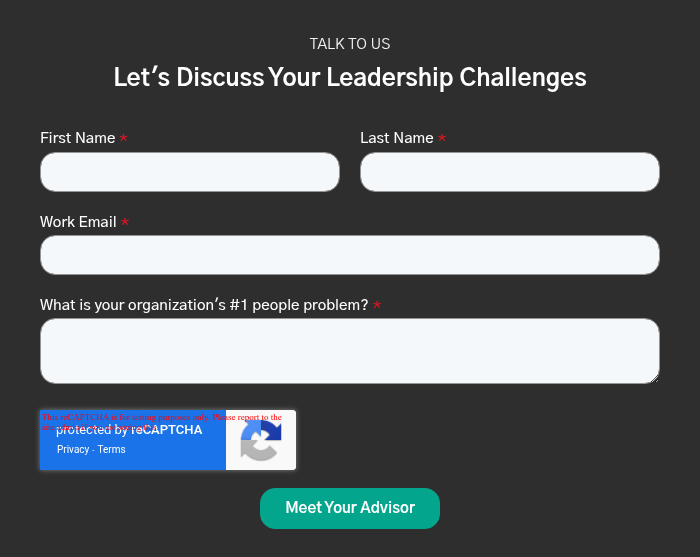When a Superstar Hire Becomes a Headline: The Critical Importance of Social Media Screening
October 24th, 2025
4 min read
By John Gave

Earlier this year, a client made what seemed like an exceptional hire. The new sales representative, fresh out of college, exceeded every expectation. He broke sales records within his first quarter, generated profits the company had never seen, and quickly became the face of the brand. The leadership team was understandably thrilled. They launched a media campaign spotlighting his achievements and positioning him as a rising star.
Then everything unraveled.
Following the media attention, reporters uncovered that the employee had been involved in a serious allegation the year before—a sexual misconduct accusation that had not resulted in charges but had been covered in local news and discussed widely online. What had been a celebration of performance quickly became a public relations crisis. Headlines that once praised his achievements now questioned the company’s judgment. The organization had no choice but to suspend the employee and scramble to contain the fallout.
This entire situation could have been prevented with a basic internet search.
In this article, you will learn:
Why Social Media Screening Is No Longer Optional in Hiring
How Public Information Can Prevent Private Crises
The Ethical Responsibility to Know Who You Are Hiring
Why Reputational Risk Extends Beyond the Employee
How to Integrate Online Research Into a Structured Hiring Process
Why Social Media Screening Is No Longer Optional in Hiring
The hiring process often focuses on credentials, interviews, and reference checks. While these tools remain essential, they are no longer sufficient on their own. In an era where nearly every adult has an online footprint, it is negligent not to review it.
Conducting a social media and public search on a candidate is not about invading privacy. It is about assessing risk. When someone becomes a part of your organization—especially in a public-facing or revenue-generating role—they represent the brand. Their behavior, past and present, can have direct consequences on your reputation, your client relationships, and your internal culture.
The failure to conduct this simple search is not just an oversight. It is a liability.
How Public Information Can Prevent Private Crises
Most public controversies involving employees do not arise from new events. They surface from old ones that were missed during the hiring process. In the case of the sales representative, the accusation had already been documented online. A basic Google search of his name would have revealed it within minutes. Instead, the organization learned about it from the press—after tying its brand to his identity.
This is not an isolated risk. In an age of digital permanence, anything from prior criminal records to offensive public posts can resurface. What may have seemed like a harmless decision to skip an online search becomes a significant brand issue when the media or competitors find what you didn’t.
The Ethical Responsibility to Know Who You Are Hiring
Organizations owe their employees, customers, and partners a basic level of protection. That includes knowing whether new hires have a history that could jeopardize safety, culture, or trust. This is not about making hiring decisions based on rumors or unverified claims. It is about being informed enough to ask the right questions and assess fit appropriately.
When a red flag emerges—such as involvement in legal matters or inflammatory online behavior—it does not automatically disqualify a candidate. What it does is provide context. It allows leadership to investigate further, assess alignment with company values, and make decisions with full information rather than assumptions.
Failing to uncover context can leave team members feeling blindsided, especially if the person involved holds a position of influence or visibility. Trust inside the organization begins to erode not because of what happened, but because it could have been prevented.

Why Reputational Risk Extends Beyond the Employee
The brand damage from a high-profile incident rarely stops at the individual. It spreads. Media coverage rarely isolates blame. It asks larger questions: Why didn’t the company know? What other oversights might exist? Is leadership capable of protecting the interests of its stakeholders?
These questions have a cost. Clients may distance themselves. Partners may hesitate. Talent may opt out. Rebuilding credibility takes time. And while the origin of the issue may be an individual’s actions, the long-term consequences belong to the organization.
This is especially dangerous when companies promote employees publicly—on websites, in campaigns, or in press releases. The more visibility a person has, the more risk their personal history carries for the organization. Which is why social media screening is not just a formality. It is a risk mitigation strategy.
How to Integrate Online Research Into a Structured Hiring Process
Integrating social media screening into your hiring process is neither expensive nor complicated. It requires discipline, consistency, and documentation.
Start with a simple public search. Enter the candidate’s full name, and review the first few pages of results. Check for past news coverage, legal involvement, or red flags in public posts. Then, if appropriate for the role, expand the review to include platforms such as LinkedIn, Facebook, X, and Instagram. The goal is not to judge lifestyle choices, but to identify behaviors or history that could conflict with organizational values or introduce reputational risk.
Be transparent. Inform candidates early in the process public searches are part of the review. This sets expectations and reinforces the organization’s commitment to due diligence.
Most importantly, document your findings and decisions. Just as with background checks or hiring assessments, social media screening should follow a structured process to ensure consistency and fairness.
Takeaways
The story of a superstar hire who becomes a headline should not be dismissed as an outlier. It is a warning. In today’s digital environment, every hire is a potential public representative of the organization. Overlooking public information is not just a missed opportunity for insight—it is an open door to unnecessary risk.
Organizations must treat online searches as a core component of the hiring process. A simple Google search or social media review can save thousands of dollars, months of brand repair, and internal morale.
The Metiss Group helps organizations implement structured, defensible hiring processes that balance insight with integrity. Social media screening is one part of that system, but a critical one. Because the cost of not knowing is always higher than the effort of finding out.
Topics:
